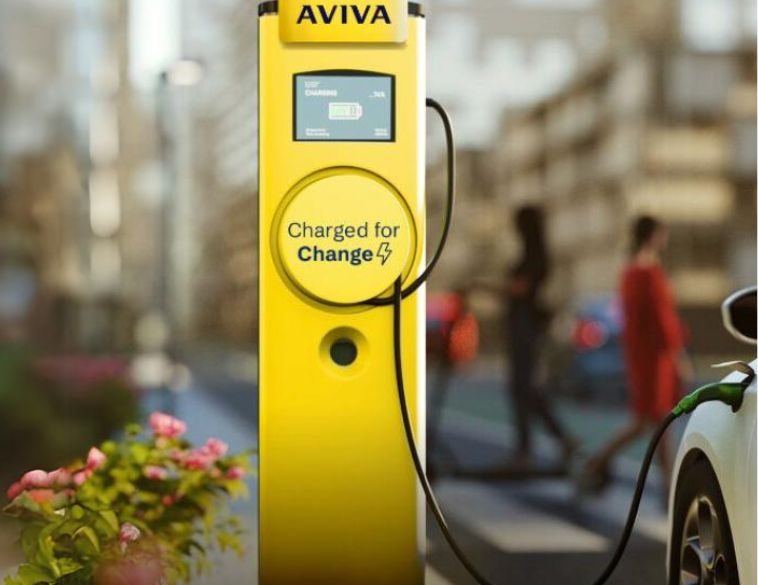Interest rates are up, but consumers are still ahead
In these times, a good description would be “Battle of the R-Words,” as in Recession versus Resilience. There’s a lot of anxiety over the economy and we face headwinds, but we also have buffers, especially in Canada. We’re really seeing more of a slowing expansion from artificial pandemic highs, rather than a contraction.
In May, Canada’s inflation rate was 7.7% year-over-year and shows no sign of pivoting down just yet. The last time we saw numbers that high, the Chrysler Corporation had just introduced us to the all-new minivan segment in 1983.
Shocking pace for interest rates’
There is demand for a limited supply of goods and services, along with still-hampered supply chains, and that’s pushing the prices up. Geo-political strife has only exacerbated the situation. Central banks around the world are raising interest rates to try to let some steam out of that demand. The Bank of Canada raised its interest rate by 125 basis points in fewer than three months. That’s a shocking pace, and even more so because we expect another 75 points in July, while it normally moves in 25-point increments. Continuing on this trajectory, we expect to see 3.00% by the end of 2022, and with a risk that it could go even higher.
That increases the cost of financing a vehicle, along with other costs consumers are seeing across the board, including gasoline, groceries, and what they’re paying to finance their debt, including if they have to refinance their mortgages.
Broad-based anxiety
Consumer anxiety is broad-based. There’s the material aspect of the pocketbook, but there are also the psychological components, such as seeing fuel prices skyrocket, feeling “less wealthy” as their house prices soften, or even just reading foreboding newspaper headlines.
Even so, our message is that it’s still not time to throw in the towel. We will see reduced demand for vehicles, but we have resilience in the system to help buffer the next quarters, and beyond that, the next year and a half. If you go back to the beginning of the pandemic for comparison, the story is better for consumers than they might think. The Bank of Canada reports that the average Canadian household has $12,000 more in bank savings than prior to COVID. National house prices have increased by 50% since pre-pandemic and that’s helping drive Canadians’ net worth $230,000 higher than before.
Jobs and savings
Along with the elevated household savings, unemployment in this tight labour market is only 5.1%, which is a 50-year low across the nation. Canadians are confident they can get a job, and high vacancies are putting more pressure on wages. We’re seeing ultra-low defaults on loans, as people use the money they couldn’t spend during lockdowns to pay off their debt.
We are likely to see reduced auto demand, but because supply is still constrained, vehicles can be sold without incentives and that will likely persist. In this context, we are maintaining our Canadian auto sales outlook at 1.75 million units for 2022, and 1.9 million units in 2023. We still can’t build enough vehicles to meet the demand, so we expect things to stay close to where they are until at least into next year.
Rebekah Young is Director, Fiscal and Provincial Economics at Scotiabank.



